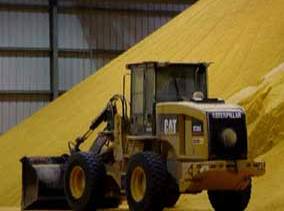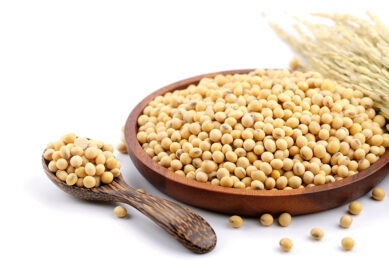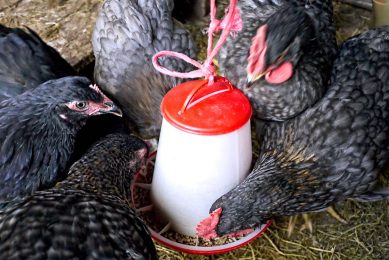China to double distiller’s grain imports

China’s feed mills may double imports this year of dried distillers grains with soluble. Also soybean and palm oil imports are up compared to last year.
Last year China imported 650,000 tonnes of DDGS and this may increase to 1.5 million tonnes in 2010, according to Xu Lihuan, vice president of Dacheng Food Ltd., one of the top 10 feed makers in the country.
Demand for corn exceeded production by 3.5 million tonnes this marketing year because of a drought in 2009. Tightening stocks are spurring feed makers to seek additional supplies.
Imports in the first two months were 300,000 tonnes, so 1.5 million tonnes for the whole year are foreseeable at this rate.
While China’s government is wary that imports of large quantities of corn may displace its own production, DDGS, being a smaller commodity, may not be seen as a challenge, Xu said.
Soybean imports up
China’s Commerce Ministry said it expects soy imports to total 4.56 million tonnes of soybeans in March, the third-highest monthly quantity ever and exceeding an earlier forecast of 3.3 million tonnes.
The figure was slightly lower than December’s record 4.78 million tonnes.
The large imports were likely to pressure the crushing margins of soy plants, which have seen soy meal stocks rise amid low seasonal demand for the feed ingredient.
Low pork prices have also hurt restocking after the holiday.
Palm oil also in demand
Palm oil imports in March would rise to 364,325 tonnes, also above an earlier forecast of 260,724 tonnes, the Commerce Ministry said.
The ministry’s forecast, based on reports from buyers, fails to catch all shipments, but provides a reference for buyers to gauge supply.
The table below shows the ministry’s latest estimate for soybean arrivals, soy oil and palm oil in March and April as reported by buyers by mid-March (in tonnes):
Arrival | March | April* |
Soybean | 4,560,691 | 3,587,258 |
Rapeseed | 174,178 | 0 |
Palm oil | 364,324 | 125,450 |
Soyoil | 58,300 | 20,000 |
Rapeseed oil | 55,076 | 64,484 |
Notes: * Estimate up to revision by the ministry.
Source: Commerce Ministry website











